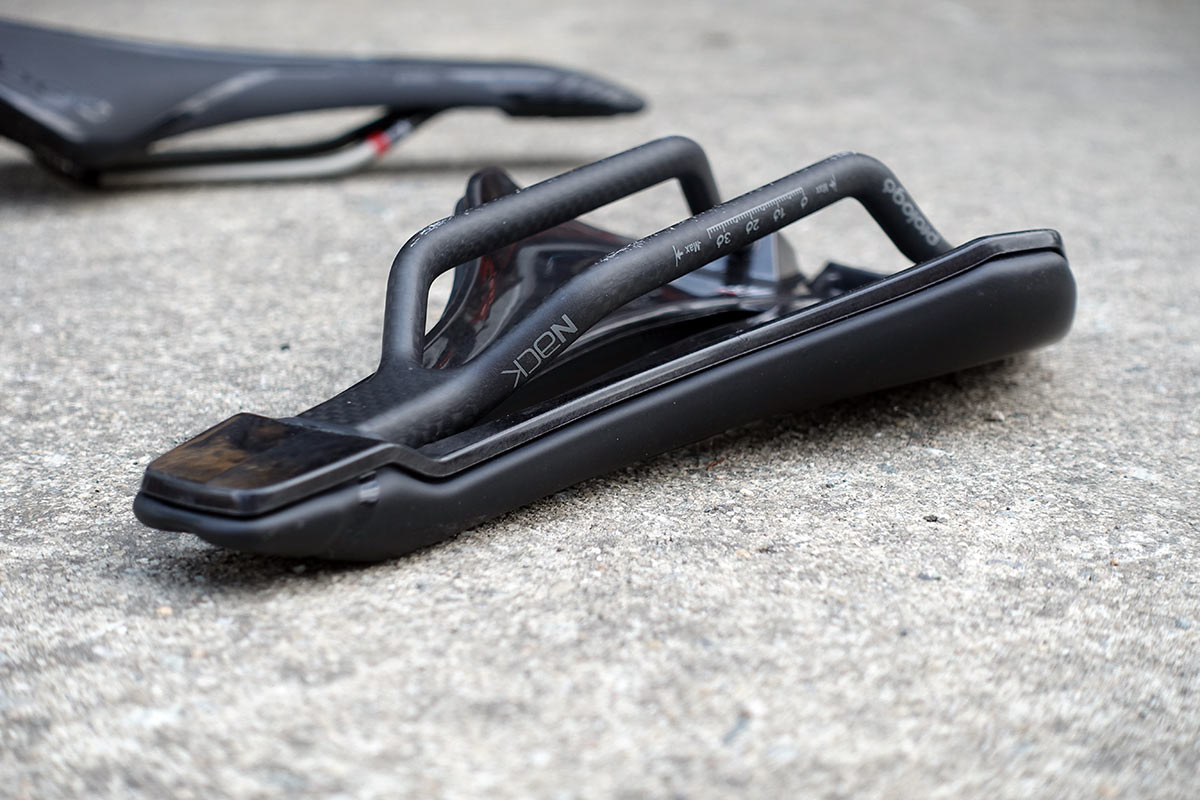Ever wonder what all of the different materials, shapes, sizes and features really do on a saddle? Or why some seem to cost so much more than others? And what you should expect from those saddles as you move up the price range?
We partnered with Prologo to explain all the features in this five-part video series. For part one, we explore the different types of rails, why carbon fiber railed saddles cost so much, what the benefits are, and other things you need to know to buy the right seat for you…and your bike. We even break down the weight differences between the different rail materials, so you know how the rails contribute to the overall saddle weight.
The key takeaway is this: Carbon is the lightest and stiffest, which means it’s a great option for riders who already know what they want out of a saddle. Other materials are woven into the fibers to prevent catastrophic failure in the event the carbon does crack. If you’re opting for metal rails, the titanium or custom chromoly alloy rails you’ll find on mid-level performance saddles will provide a smoother ride without breaking the bank, but at about double the weight of carbon rails…but that weight is just for the rails, check the video to see how it all breaks down!
Check out the other Saddle Series videos here:
- Part One: Do I really need carbon rails?
- Part Two: What about a carbon shell?
- Part Three: What do I need to know about the foam?
- Part Four: Road vs MTB saddles
- Part Five: What’s the best saddle shape for me?
Be sure to subscribe to Bikerumor’s YouTube channel so you won’t miss a single episode!
Huge thanks to Prologo for supporting this series. Prologo makes a massive range of saddles, with different shapes, widths, curvatures and features to fit every rider and every budget. Check them out next time you’re looking to upgrade.

